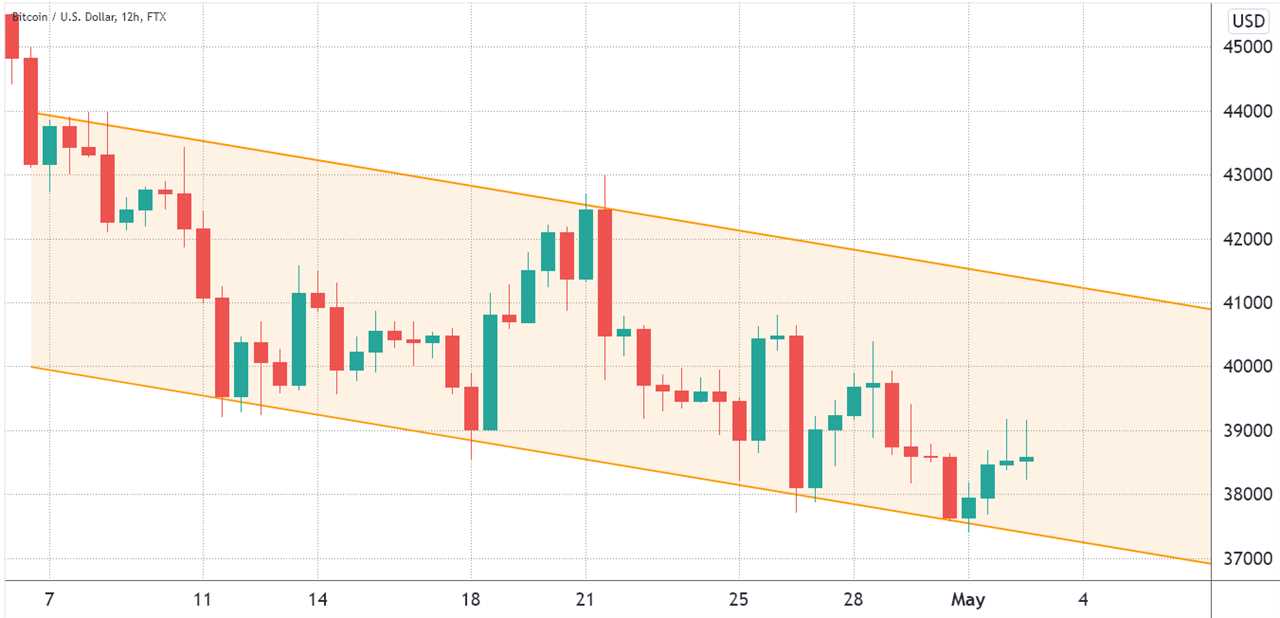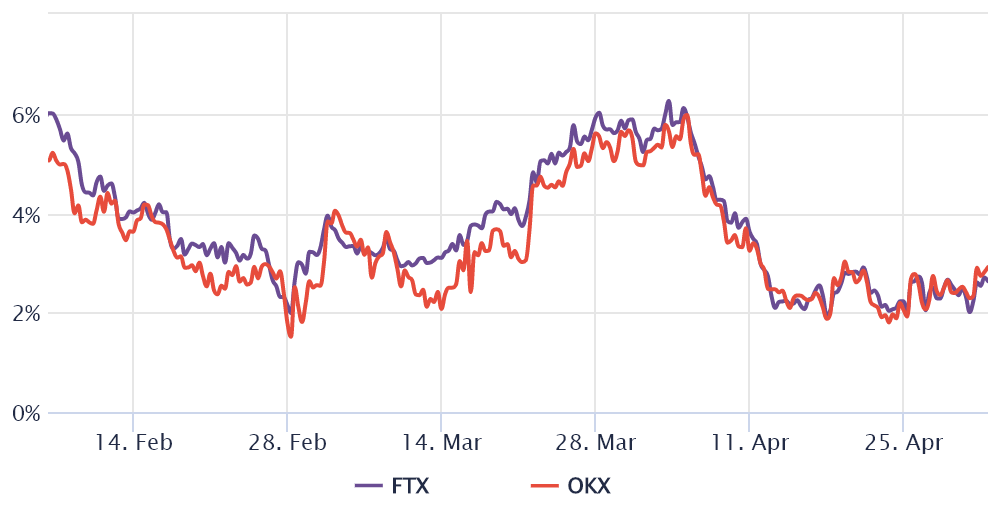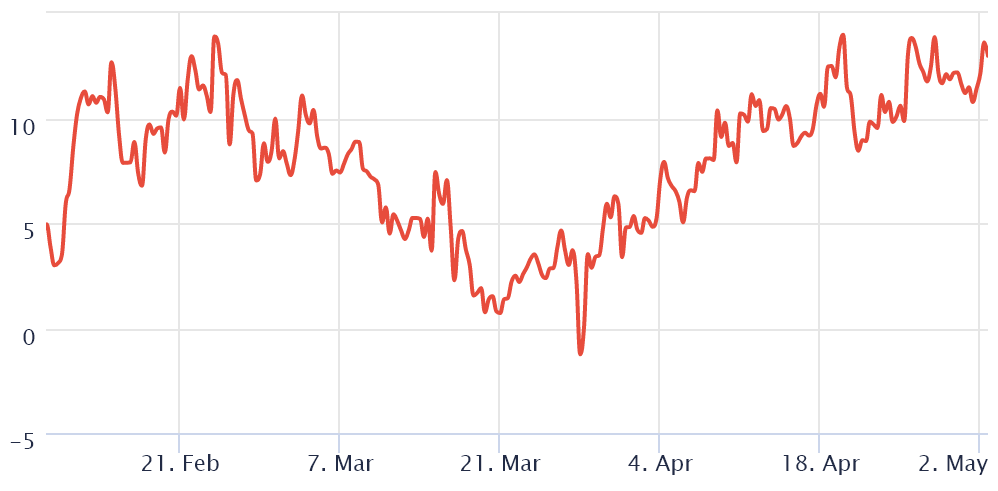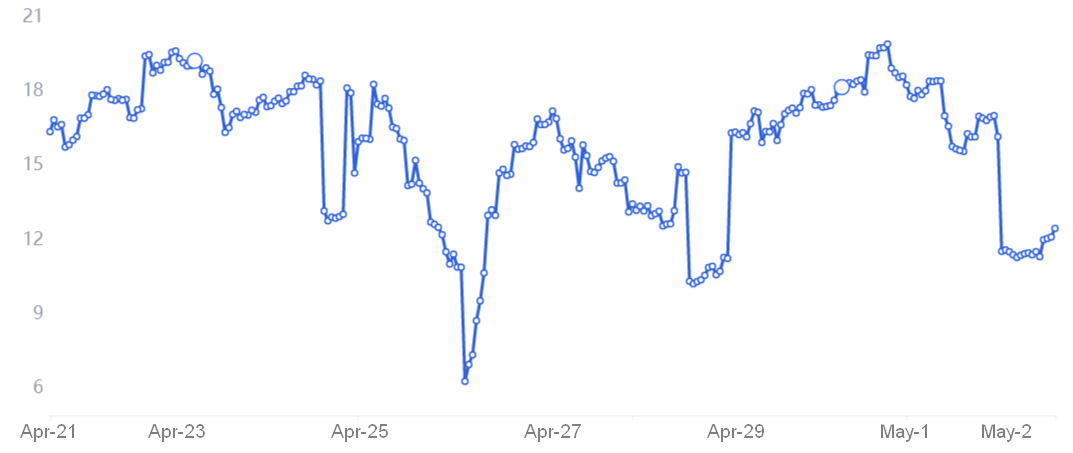
Bitcoin (BTC) has been unable to break from the 26-day-long descending channel. Investors are uncomfortable holding volatile assets after the United States Federal Reserve pledged to reduce its $9 trillion balance sheet.
While inflation has been surging worldwide, the first signs of an economic downturn showed as the United Kingdom's retail sales fell 1.4% in March. Moreover, Japan's industrial production dropped 1.7% in March. Lastly, the U.S. gross domestic product fell 1.4% in the first quarter of 2022.

This bearish macroeconomic scenario can partially explain why Bitcoin has been on a downtrend since early April. Still, one needs to analyze how professional traders position themselves, and derivatives markets tprovide some excellent indicators.
The Bitcoin futures premium is muted
To understand whether the current bearish trend reflects top traders' sentiment, one should analyze Bitcoin's futures contracts premium, which is also known as a "basis."
Unlike a perpetual contract, these fixed-calendar futures do not have a funding rate, so their price will differ vastly from regular spot exchanges. A bearish market sentiment causes the three-month futures contract to trade at a 5% or lower annualized premium (basis).
On the other hand, a neutral market should present a 5% to 12% basis, reflecting market participants' unwillingness to lock in Bitcoin for cheap until the trade settles.

The above chart shows that Bitcoin's futures premium has been below 5% since April 6, indicating that futures market participants are reluctant to open leverage long (buy) positions.
Options traders remain in the "fear" zone
To exclude externalities specific to the futures instrument, traders should also analyze the options markets. The 25% delta skew compares equivalent call (buy) and put (sell) options. The indicator will turn positive when "fear" is prevalent because the protective put options premium is higher than the call options.
The opposite holds when market makers are bullish, causing the 25% delta skew to shift to the negative area. Readings between negative 8% and positive 8% are usually deemed neutral.

The above chart shows that Bitcoin option traders have been signaling "fear" since April 8, just as BTC broke below $42,500 following a 10% drop in four days. Of course, such a metric could be reflecting the 16% negative BTC price performance over the past month, so not exactly a surprise.
Margin markets sustain its optimism
Margin trading allows investors to borrow cryptocurrency and leverage their trading position, thus potentially increasing returns. For example, a trader can buy cryptocurrencies by borrowing Tether (USDT) to increase their exposure.
On the other hand, Bitcoin borrowers can only short the cryptocurrency as they bet on its price decline. Unlike futures contracts, the balance between margin longs and shorts isn't always matched.

The above chart shows that traders have been borrowing more Bitcoin recently, as the ratio decreased from 20 on April 30 to the current 12.5. The higher the indicator, the more confident professional traders are with Bitcoin's price.
Despite some additional Bitcoin borrowing activity aimed at betting on the price downturn, margin traders remain mostly optimistic according to the USDT/BTC lending ratio.
Bitcoin traders fear further correction as macroeconomic indicators deteriorate as investors expect a potential crisis impact on riskier markets. However, there are no signs of leverage short (negative) bets using margin or futures, meaning sellers lack conviction at $38,000.
author and do not necessarily reflect the views of Cointelegraph. Every investment and trading move involves risk. You should conduct your own research when making a decision.
Title: 3 reasons why Bitcoin price is clinging to $38,000
Sourced From: cointelegraph.com/news/3-reasons-why-bitcoin-price-is-clinging-to-38-000
Published Date: Tue, 03 May 2022 18:30:00 +0100






